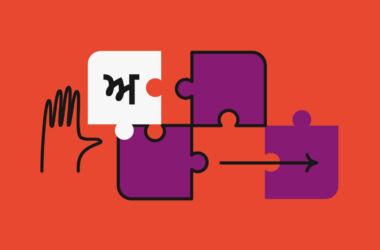The Canadian Food Inspection Agency has published a modified directive D-98-08 entry conditions for wood package material into Canada, including the new shipborne dunnage program. The modified edition includes certain import conditions for dunnage entering Canada through marine vessels. It is always advisable to consult with the Clearit.ca customs broker for the most up-to-date information on importing shipborne dunnage into Canada.
Recent updates for importing shipborne dunnage by marine vessel
To import shipborne dunnage into Canada, importers must comply with the CFIA’s Wood Packaging Material Import Requirements, which outline the specific requirements for wood packaging material entering Canada. These requirements may include heat treatment or dunnage fumigation to eliminate pests or invasive species.
Ensuring that all wood packaging material is marked with an internationally recognized symbol is essential to indicate compliance with the CFIA’s requirements is essential. Failure to comply with these regulations may result in the shipment being refused entry into Canada or destroyed.
Permit Requirements
The Canadian Food Inspection Agency (CFIA) regulates the entry of shipborne dunnage into Canada by sea. To import shipped dunnage into Canada, importers must comply with the CFIA Wood Packing Requirements. These requirements may include obtaining a license, depending on the packaging’s nature and country of origin.
- Typically, licenses are required for wood packaging from countries that are not recognized as having low pest populations or are not included in the CFIA’s “Part 1” countries. A list of Category 1 countries can be found on the CFIA website.
- If importers have applied for a license, they must complete an application and provide information about the packaging material, including country of origin, intended use, and history of the treatment is added. CFIA will review the application and may require additional information or documentation. It is essential to apply for the permit before the expected delivery date. Failure to obtain the necessary authorization may result in shipments being denied entry into Canada or destroyed.
- The import permit holder should have a Preventive Control Plan approved by the CFIA.
- The import permit holder should verify that every shipborne dunnage discharged from their facility is labeled according to ISPM 15 requirements, contains no pests, or is made of debarked wood.
- The permit holder must implement the specified pest control measure if any live pest of signs is detected.
- The shipborne dunnage can be moved out from the designated terminal via written approval issued by an inspector.







